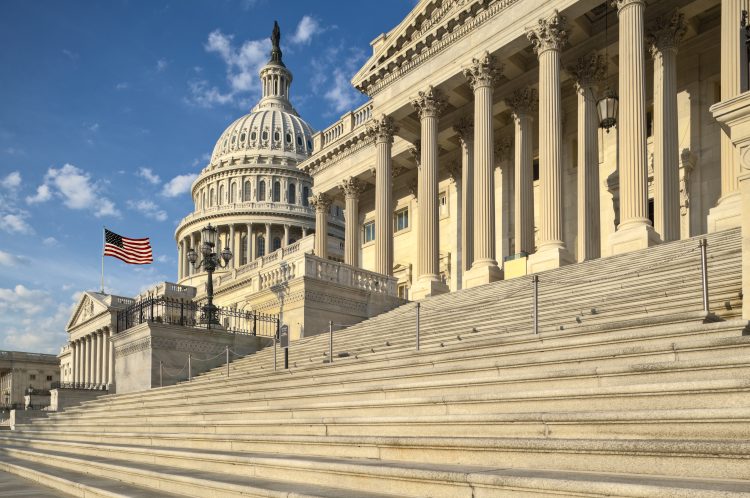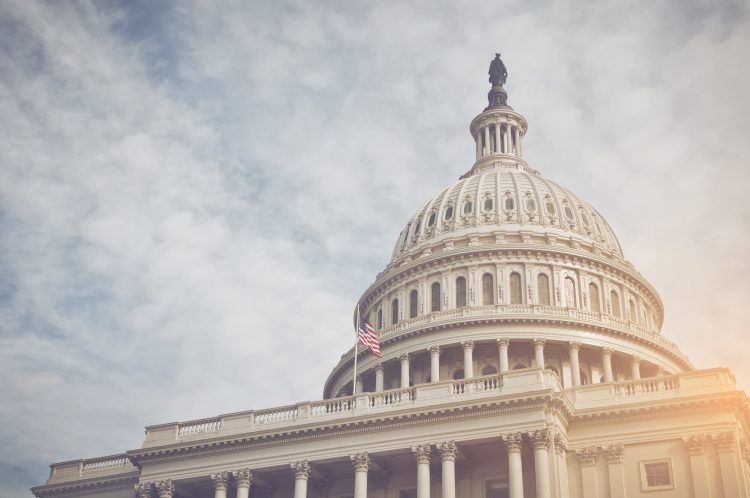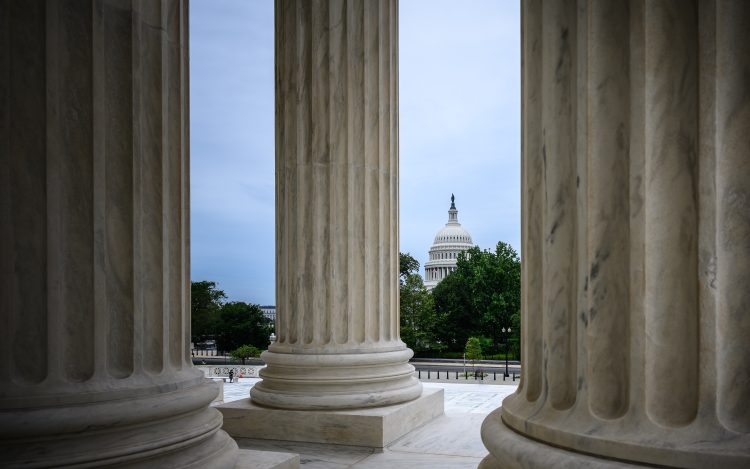This week on Facing the Future, we speak with Dr. Phillip Swagel, the director of the Congressional Budget Office (CBO). The CBO has just put out its latest 10 year budget outlook that shows bad trends getting worse over the next decade and the federal budget moving even faster down an unsustainable fiscal path. Concord put out a statement on the day the budget outlook was released, but we thought it would be a good opportunity to get a detailed breakdown of CBO’s projections for the coming decade. Concord chief economist Steve Robinson and policy director Tori Gorman joined me for the conversation.
This year’s baseline is quite a bit more pessimistic than the 10-year baseline CBO released last year. Swagel says even though the U.S. economy has recovered remarkably from the COVID-19 pandemic, towards the end of last year there were signs of economic weakness.
“Inflation is coming down, but it’s still high. So economically it’s a challenging situation,” said Swagel. “Fiscally, the 10-year budget projection deteriorated substantially between now and our previous update which was last May. The 10-year deficit figure is up by $3.1 trillion dollars. The debt ratio, which is another measure of our fiscal condition, is high by historical standards, and set to rise into the future. And deficits are projected to be wide as well – more than 5.3% of our GDP (Gross Domestic Product). And that’s even though the economy has rebounded from the pandemic. By historical standards, this is just an unusual and a difficult time when we have such a challenging fiscal situation, and such wide deficits even when the unemployment rate is as low as it is, and yet there are signs the economy is weakening.”
What is pushing this year’s 10-year deficit projection up more than $3 trillion over last year? Inflation plus a mix of legislation enacted in the last year that increased spending. Other factors include the continuing demographic trend of a growing population of retirees and slowing workforce growth. According to the CBO baseline, deficits will be very high (over 6 percent of GDP in 2024 and 2025), but then will decline for two years largely because temporary tax cuts enacted in 2017 are assumed to expire after 2025. But deficits are projected to resume climbing again in 2028 and reach 6.9 percent of GDP by 2033. The CBO projects that deficits will average $2 trillion annually over the next decade. Swagel points out that all this is happening without a major fiscal crisis such as the COVID pandemic or the great recession of 2008-2010.
“It’s noteworthy in our projection that this fiscal deterioration is happening even with a current law projection that does not include some sharp crisis or future fiscal challenge,” said Swagel. “The debt to GDP ratio goes up markedly during a crisis. So we had the fiscal response to the pandemic, and that resulted in the debt ratio going up. Understandably because we had policy actions that reduced revenues, and we had policy actions that increased spending. And that meant the debt ratio went up, and we had the same thing during the 2008 financial crisis. We had policy responses and a weak economy that affected revenue. We don’t have those in our projection.”
This is also the first CBO budget outlook since the early 1980s to project that the Social Security trust fund will be insolvent within the 10-year window. Swagel says he hopes this latest projection will underscore the urgency and necessity of Congressional action to ensure that the program remains solvent and avoid benefit cuts of more than 20 percent, which is what would happen under current law absent any action.
“It seems like an important thing that the Social Security trust fund in our projections is exhausted in 2032,” said Swagel. “Under current law, the federal government has legal authority only to pay a certain amount. And so, overall benefits would be reduced by more than 20 percent once the trust fund is exhausted. And that means doing nothing doesn’t save Social Security, doing nothing leads to reductions in benefits from what are now promised but not payable. We’ve always known that this was coming, that the trust fund exhaustion date was looming, but now it’s within the budget window, it’s not off into the future. It moved forward because of the effects of high inflation. High inflation resulted in a high cost of living adjustment, which is helpful for beneficiaries, but the result of high inflation is the opposite of helpful for beneficiaries.”
In their newest baseline, the CBO moved back the projected insolvency date of the Medicare Hospital Insurance trust fund. Swagel notes, however, that Medicare is a more complex situation because of the many factors such as health care costs impacting the program that are difficult for Congress to control. Another thing Swagel says the CBO is trying to figure out is what the overall impact of the Biden Administration’s executive action to forgive billions of dollars in student loan debt. Part of what makes that number difficult to project is whether the U.S. Supreme Court will rule the action unconstitutional.
Hear more on Facing the Future. I host the program each week on WKXL in Concord N.H., and it is also available via podcast. Join our guests as we discuss issues relating to national fiscal policy with budget experts, industry leaders, and elected officials. Past broadcasts are available here. You can subscribe to the podcast on Spotify, Pandora, iTunes, Google Podcasts, Stitcher, or with an RSS feed. Follow Facing the Future on Facebook, and watch videos from past episodes on The Concord Coalition YouTube channel.
Continue Reading










